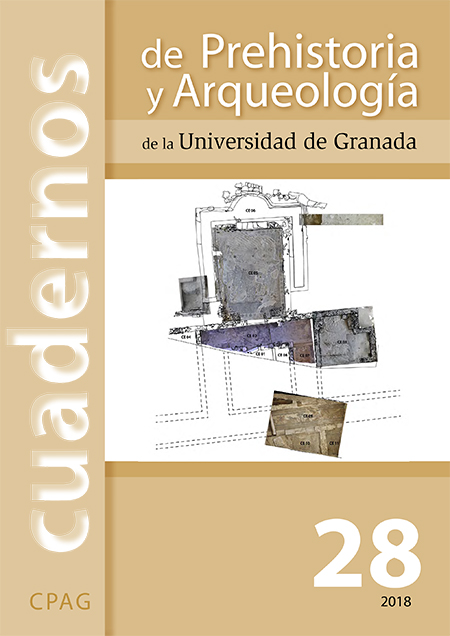WASTE
Main Article Content
Abstract
Critical Theory was first used in historical archaeology in the 1980s as a way of commenting upon the ideological character of modern global capitalism. At the time, neither the work of Walter Benjamin nor Slavoj Žižek were integrated into archaeology. Their work can be combined to form a complementary understanding of rapid consumption and disposal in modern culture, forming a new basis for excavation in historical archaeology. Benjamin concentrates on wide-scale discard, connecting it to ever faster cycles of consumption and production. Žižek analyzes the world of objects, both three-dimensional and psychological objectifications, to understand the inability of modern humans to see the difference between their creations and evanescent meanings. This paper takes these definitions and applies them to slave quarters in Maryland, and spent shell casings from a labour massacre in Pennsylvania, making frequently dismissed remains into images showing how modern societies constantly make and dispose of meanings.



